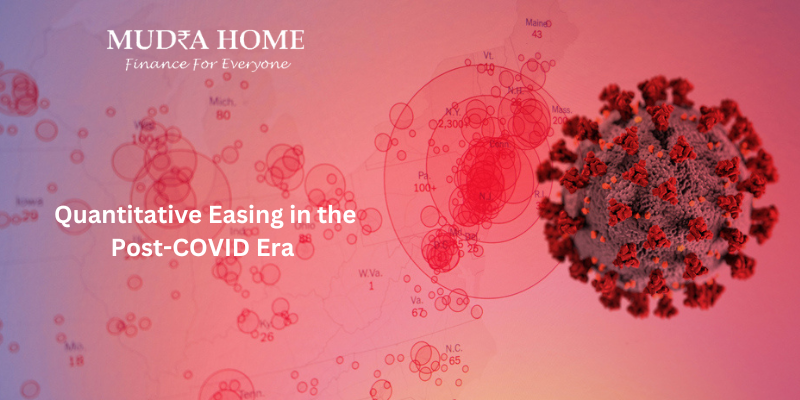
Quantitative Easing (QE), a form of monetary policy where central banks purchase government securities to inject money into the economy, has been a crucial tool during economic crises. As the world emerges from the shadows of the COVID-19 pandemic, the role of QE continues to evolve, presenting new challenges and opportunities in the global financial landscape.
In the post-COVID era, QE policies have not ceased but adapted to the changing economic environment. Central banks, such as the Federal Reserve and the European Central Bank, continue to use QE to stimulate economic growth, aiming to balance inflation targets while supporting a recovering economy. This era’s QE is focused on maintaining liquidity in the market, ensuring that the economic recovery is stable and sustained.
The continuation of QE policies has profound impacts on global markets. Stock markets have largely benefited, with liquidity injections boosting investor confidence and asset prices. However, this has raised concerns about potential market bubbles. On the other hand, bond markets have experienced lower yields, as QE increases the demand for these securities, thereby lowering their yields. Interest rates have remained at historically low levels, which in turn affects savings and investments.
The primary challenge facing QE in this era is the management of inflation. With large sums of money being injected into the economy, there is an inherent risk of overheating, leading to higher inflation rates. Additionally, there’s a growing concern about the economy’s dependency on government support through QE. Economists debate whether this could lead to long-term issues, such as market distortions and reduced incentives for fiscal responsibility.
The long-term impacts of QE in the post-COVID era are a mix of potential risks and rewards. While it helps in sustaining economic recovery and supporting financial stability, it also increases government debt levels and could potentially fuel asset price bubbles. The future of monetary policy is thus a balancing act – withdrawing QE too quickly might destabilize the recovery, but maintaining it for too long could lead to inflationary pressures and financial imbalances.
Quantitative Easing remains a pivotal component of the global economic strategy post-COVID. Its ability to adapt to the new economic realities is crucial for ensuring a balanced and sustained recovery. However, the sustainability of QE as a long-term strategy is debatable, requiring careful navigation to avoid potential economic pitfalls in the future.